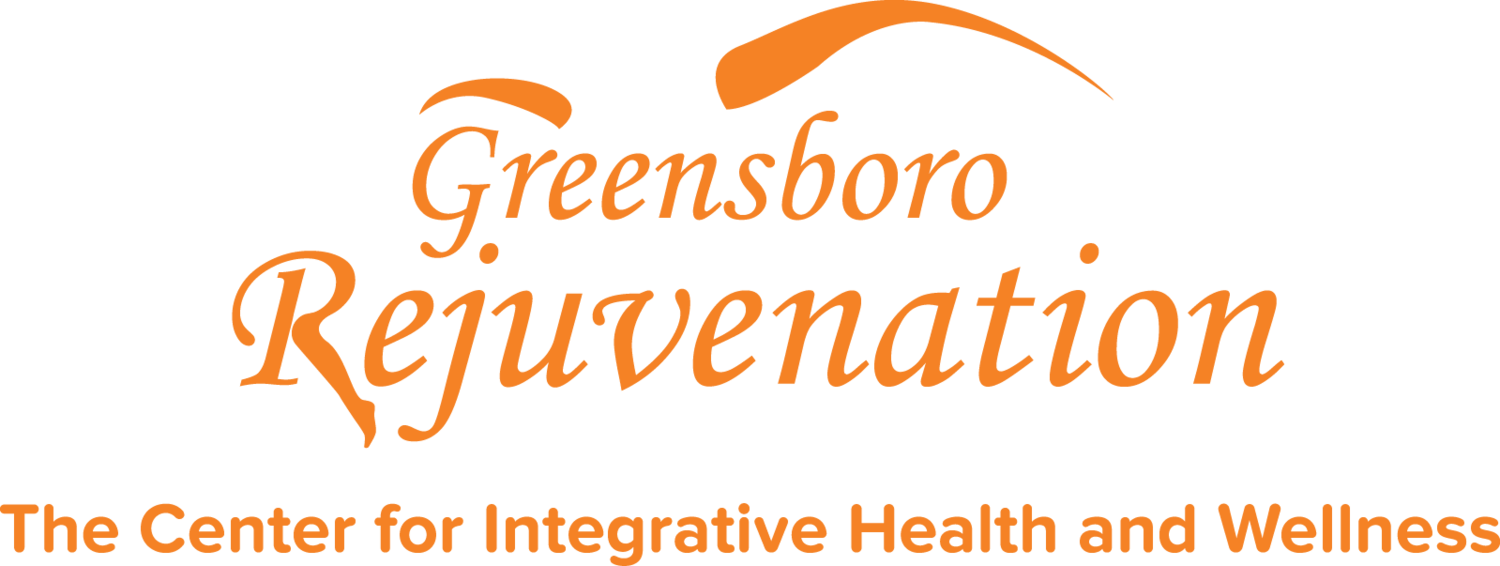Effect of platelet concentration on clinical improvement in treatment of early stage-knee osteoarthritis with platelet-rich plasma concentrations.
/[Purpose] To compare two platelet-rich plasma kits with different platelet concentrations for treatment of knee osteoarthritis. [Subjects and Methods] Male and female patients with knee osteoarthritis who had confirmed diagnosis with X-ray and magnetic resonance imaging were included in this retrospective study. Eligible patients were divided into two groups: Group I, which received platelet-rich plasma kit I, and Group II, which received platelet-rich plasma kit II. Platelet concentrations of both kits were measured by manual counting. For each group, platelet-rich plasma kit was injected twice with a one-month interval between injections. The Western Ontario and McMaster Universities Osteoarthritis Index and the Visual Analog Scale were applied for clinical evaluation before the first injection and one, three and six months after the second injection. [Results] Kits I and II contained 1,000,000 and 3,000,000 platelets/µl respectively. In both groups, initial Western Ontario and McMaster Universities Osteoarthritis Index and Visual Analog Scale scores were significantly higher compared to the latter evaluations. However, no significant difference was observed between groups in terms of clinical evaluations.
[Conclusion] Similar clinical results were found in groups receiving different platelet concentrations, therefore, a concentration of 1,000,000 platelet/µl is considered sufficient for pain relief and functional recovery.





















